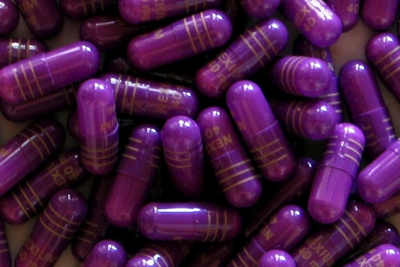
A new report shows that it takes $2.6 billion to bring a new drug to market. This is a 146% increase since 2003.
And progressives wonder why drugs are so expensive? Just look at the FDA requirements.
A benchmark report estimates that the cost of bringing a drug to market has more than doubled in the past 10 years
A new report published by the Tufts Center for the Study of Drug Development (CSDD) pegs the cost of developing a prescription drug that gains market approval at $2.6 billion, a 145% increase, correcting for inflation, over the estimate the center made in 2003.
CSDD’s finding, a bellwether figure in the drug industry, is based on an average out-of-pocket cost of $1.4 billion and an estimate of $1.2 billion in returns that investors forego on that money during the 10-plus years a drug candidate spends in development. The center’s analysis drew from information provided by 10 pharmaceutical companies on 106 randomly selected drugs first tested in humans between 1995 and 2007.
The study concludes that another $312 million is spent on postapproval development—studies to test new indications, formulations, and dosage strengths—for a life-cycle cost of $2.9 billion.
The steep rise in costs comes despite an intense effort in recent years to bring efficiency to pharmaceutical R&D. Offsetting any such savings, according to CSDD, are higher costs due to the increased complexity of clinical trials, a greater focus on chronic and degenerative diseases, and tests for insurers seeking comparative drug effectiveness data.
Noting the high cost of failure in drug development, Joseph A. DiMasi, director of economic analysis at CSDD and principal investigator for the study, says the cost of unsuccessful projects is figured into his group’s analysis.
John LaMattina, senior partner at the venture capital firm PureTech and former head of R&D at Pfizer, says he saw battle lines forming within hours of the report’s publication. “People are automatically saying that pharma, and the Pharmaceutical Research & Manufacturers of America in particular, is really going to use this to justify the high cost of drugs.”
LaMattina counters that pricing should be based not on R&D costs but on the value a drug delivers to patients. Meeting new insurance company requirements to determine that value, he adds, has raised the cost of development at a rate that far outpaces efficiency efforts, which tend to address early-stage research.
LaMattina says, “The value of the Tufts study is that it helps the public understand that this is a high-risk, expensive, and long-term endeavor.”
The cost of developing a new drug has skyrocketed since the 1970s. Source: Tufts Center for the Study of Drug Development.